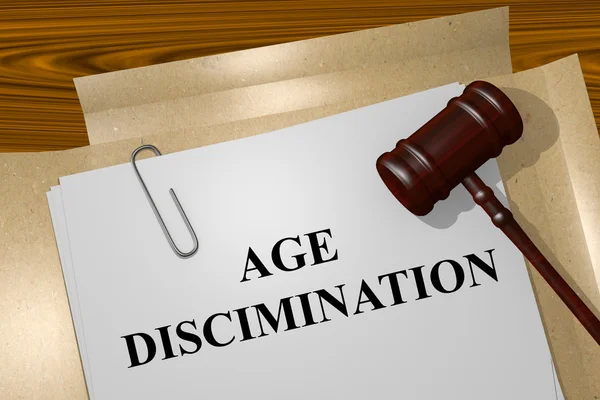When dealing with child custody cases, the legal and physical custody of a child are significant points of negotiation. It’s important to understand the nuances of each type of custody. They can have long-lasting implications for both the children and parents involved.
Read on as we break down the legal custody vs. physical custody differences. This will provide a clear understanding for anyone navigating family law.
Contents
Legal Custody
Legal custody is a crucial aspect of parental responsibility. With the guidance of custody lawyers, it grants a parent the authority to make vital decisions in their child’s life. This includes:
- education
- religion
- healthcare
This empowering arrangement allows parents to actively shape their child’s development. It ensures that their decisions align with their cherished values and beliefs. This fosters a nurturing environment for their little one to thrive in.
Physical Custody
In the context of child custody, physical custody pertains to determining the primary house of the child. It also involves establishing a structured schedule for spending time with each parent.
The parent who holds physical custody is entrusted with the right to have the child live with them. This is stipulated by court orders or mutually agreed-upon parenting arrangements with the help of a child custody lawyer.
The determination of physical custody rights takes into account a multitude of factors, such as the following:
- best interests of the child
- work schedules of the parents
- educational and social needs of the child
- geographical proximity of parent’s residences
Key Differences
Understanding the difference between legal and physical custody is critical. It ensures the child’s well-being and respects both parents’ roles. Although both forms of custody aim to serve the best interests of the child, they differ in scope and impact.
Nature of Control
Legal custody, in the context of child custody arrangements, pertains to the authority and responsibility for making important decisions in a child’s life. On the other hand, physical custody focuses on determining where the child will reside and receive day-to-day care.
Impact on Parent-Child Relationship
Legal custody affects a child’s upbringing through important decisions made by the parent, while physical custody directly influences the time spent with each parent, impacting daily interactions and bonding.
Court Considerations
Legal custody is determined by the parent’s judgment and ability to make sound decisions. Physical custody, on the other hand, depends on the child’s routine, the proximity of parents’ homes, and the stability they can provide.
Joint vs. Sole Arrangements
Legal custody can be joint or sole custody, with parents sharing decision-making rights. Physical custody can also be shared, with one parent serving as the primary custodian.
Understand the Differences of Legal Custody vs. Physical Custody
It’s essential to understand the legal custody vs. physical custody differences to negotiate fair and effective custody arrangements. Both types of custody are vital to a child’s upbringing. Parents need to work together to make decisions that are best for their children.
By understanding these nuances, parents can help create a more stable and healthy environment for their children to thrive in. This will lead to better outcomes for everyone involved.
Explore our vast array of insightful articles to better arm yourself with knowledge on various topics.




